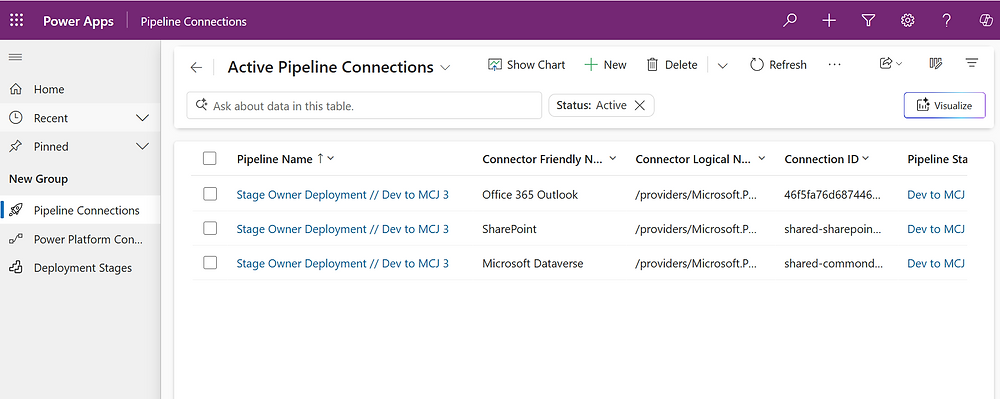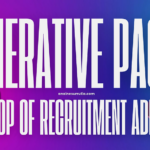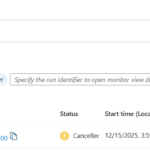Now Reading: A Partner Perspective on Making the jump to to CSP
-
01
A Partner Perspective on Making the jump to to CSP
A Partner Perspective on Making the jump to to CSP

Enough is enough! You have been getting blasted by Microsoft, Distributors and your next door neighbor about CSP (Cloud Solution Provider) for a year now. Maybe it is time to get your head around it?
I talk to a lot of partners, and it seems that many of you are not really clear on pros vs. cons of CSP for your business, or even what it is in some cases, so I thought I would take a stab at explaining this from a Partner’s perspective. In full transparency, we have a vested interest in your adoption of CSP; while our RapidStart CRM solution for Dynamics CRM Online is available directly, we would much prefer that our partners acquire our solution via CSP. In a CSP Marketplace, a Partner has the ability to package up multiple solutions into bundles for their customers, we are one of the solutions that you could more easily include in a bundled offering via CSP. But, I am getting ahead of myself.
Make no mistake, CSP is the service acquisition model for Partners going forward, particularity if you offer services to SMB. While I do not have any inside information to confirm, only winks and nods when I ask, it is my belief that the WebDirect (Advisor) model that many partners use today, will eventually be either retired, or limited to only end customers who want to purchase directly from Microsoft without a Partner. You are already seeing partner incentives shrinking for that model. If I am correct, and my track record for predictions is at about 90% so far so take that for what it’s worth, you will eventually have no choice but to transact via CSP, so why not go ahead and get that move out of the way now; even if I am wrong, it is still a better model for you.
I know that many partners are still not clear on what CSP even is, it does not help that Microsoft has played their usual name-change-game just to see who was paying attention. When CSP was first launched, there were two levels called 1-Tier and 2-Tier. 1 Tier meant that you were the CSP and had the direct connection with Microsoft. 2 Tier meant that you had a relationship with a Distributor, and purchased via that Distributor’s Marketplace, hence 2 tiers. The Distributor had a 1-Tier relationship with Microsoft. For SMB partners, 2-Tier is really the only model that is realistic. In order to become a 1-Tier CSP you would have to qualify to not only handle the direct provisioning of services, but also show that you could provide the direct end user support and have adequate (significant) infrastructure in place to do these things. We are talking big dollars, which is why this, for the most part, has been a role the Distributors and very large partners. Somewhere along the way, in partner conversations, the names got inverted and “1-Tier” suddenly became “Tier 1” and “2-Tier” became “Tier 2”. Well, nobody wants a Tier 2 anything if there is a Tier 1 available right, everybody knows that Tier 1 is higher and therefore better. Unfortunately this was leading to an additional layer of confusion, among already confused partners. I would hear partners, and eventually even PSEs, saying in conversations “Tier 1” when actually what they were referring to was “2-Tier” etc. It does not take long for massive misinformation to get relayed around the Partner ecosystem. Microsoft was seeing this also and decided they would “clarify” things by renaming these two models, so 1-Tier became “Direct” and 2-Tier became “Indirect”. Surely this would quell the confusion right? I am guessing by now you are feeling blindfolded and spun and asked to pin the tail on the right model. This is really simple. If you are anything other than a large partner, your one CSP option is to buy through your distributor, whatever you think that is called (BTW, it is Indirect).
Okay, so now we know, for you to transact via CSP, you will need to set yourself up with a distributor. If you are already setup with a Distributor, you may need to sign a rider or take some additional steps to be able to transact in their CSP marketplace; they can guide you on their process. But what will this mean for you? How does this all compare to WebDirect (Advisor, you know, that Microsoft Portal where you are probably setting up customer subscriptions today)? Well… that depends on who you are and how you look at it. At the risk of making a long post even longer, I think I need to give some more background.
Let’s take a short trip down memory lane. Not long ago Google and Salesforce.com started eating Microsoft’s lunch in the cloud space. Why, because they were in the cloud, and Microsoft was not. SMBs started flocking to cloud solutions for obvious reasons, the main one being to save a bucket of money. Caught flat-footed, Microsoft launched Office 365 in an all-out assault to get into the Cloud game. But Microsoft did not anticipate the rate at which SMB would take them up on Office 365 and was again caught flat-footed by overwhelming demand. Not a bad problem to have, but one that has to be fixed fast. As the business grew faster than anticipated, Microsoft’s systems for purchasing, provisioning and supporting started cracking. Somebody high up at Microsoft said, “can’t we push this work off on to someone else? Like Distributors maybe?” And CSP was born. So the goal was/is to let Distributors become the middlemen between Microsoft and their Partners, at least for SMB. Distributors can take over the billing, provisioning and support from Microsoft, and Microsoft can go back to focusing on products. I mean, this is what Distributors have always done, so they are probably better at it than Microsoft. So that’s the concept, but execution has been slower than anticipated. Distributors are independent companies and Microsoft has no ability to order them to do things, only incentivize and cajole. The four primary Distributors in the US have each taken their own paths on this and are each at varying stages; the distributors in other countries are also at random points on their journeys. But be assured this is gelling, and will be inevitable.
Alright, so after even further clarifying why you will need to be working with a distributor soon, what are those differences again? Well, one of the big “Selling Points” to partners is that you can now “Own” the billing relationship with your customer! They will no longer get invoices from both you and Microsoft, but only from you. This is great news for many partners who have billing systems in place and a regular billing cadence for other services. Not so good news for those partners who do not have that type of relationship with their customers, and were very happy letting Microsoft handle that for them. Sorry, but this is all going away. Today, you will buy from the distributor, who will send you a bill every month (Wholesale), and you will, on your own, bill your customer directly (Retail). Very common, but very different, for “Born in the Cloud” partners especially. So who is on the hook if your customer does not pay? You are. You are still obligated to the Distributor… their deal is with you. So now, not only do you have to bill, but you also have to collect. I am also aware that most, if not all, of the Distributors are working on some kind of “BIll on Behalf of” strategy where they will bill your customers for you, but it is not clear where the collection risk lies there, I assume it remains with you. So this one is either a Pro or a Con depending on your situation.
A Pro for everybody is this concept of bundling, and not just Microsoft Subscriptions. In a distributor’s cloud store you have the option of creating a bundle of services that may include not only Office 365, but also a third-party migration solution. You can also add Dynamics CRM Online together with our RapidStart CRM solution (Tech Data only as of this writing). Each Distributor has made different deals with ISVs so the available products that can be bundled will vary from distributor to distributor, but some typical things include anti-virus, back-up solutions, even hardware in some cases. Imagine a Bundle for a customer that included a Tablet, an Office 365 subscription, migration, CRM Online and RapidStart CRM, all from a single source… pretty cool.
Distribution is also now your source for product support, for Microsoft and everything else they sell in their store. One source for any issues, is pretty convenient. Each Distributor is approaching support a little differently, some even offer unbranded end-user support. Check with them on the options.
So, maybe I have convinced you that you want to go CSP, or maybe I have just let you know that you have no real choice, either way, how do you get your customers over. I mean calling up a customer, who is perfectly happy with Microsoft billing them and asking them to switch over to you billing them is not necessarily a slam-dunk. Most of the Distributors are offering something like the first 30 days free. In the best case your customer just says “sure, move me over” in which case you can pocket that money, worst case you may have to give it to them to incent them to move. In either case, this is not a migration, just a licensing swap, so no real headaches for them.
So the last item I want to cover is also good news, that seems to be often missed. For the products you have been selling, you will make more money via CSP. First of all, you are buying the subscriptions, etc. from the Distributor at Wholesale, you set the selling price, so there is margin there. In addition, all of the Microsoft incentives are on top of that and are paid directly to you, and there are many more incentives over in CSP, remember that’s where they want you to go, so what better way to get you there than holding a big bag of money in front of your face.
To clarify, I am not with Microsoft and the opinions above are my own, and possibly made up, but please feel free to add to the discussion in the comments.
[info type=”info”]Non-Confidential Information Notice. This post was written by Steve Mordue who is a member of multiple Partner Advisory Councils and is therefore subject to an Enhanced Microsoft Non-Disclosure Agreement regarding information conveyed to PAC Members. All opinions expressed are solely those of Steve Mordue, and no information provided herein is subject to the NDA. Basically, Steve knows a lot more than he let’s on; He’d tell ya, but then he’d have to kill ya.[/info]
The post A Partner Perspective on Making the jump to to CSP first appeared on Steve Mordue MVP.















